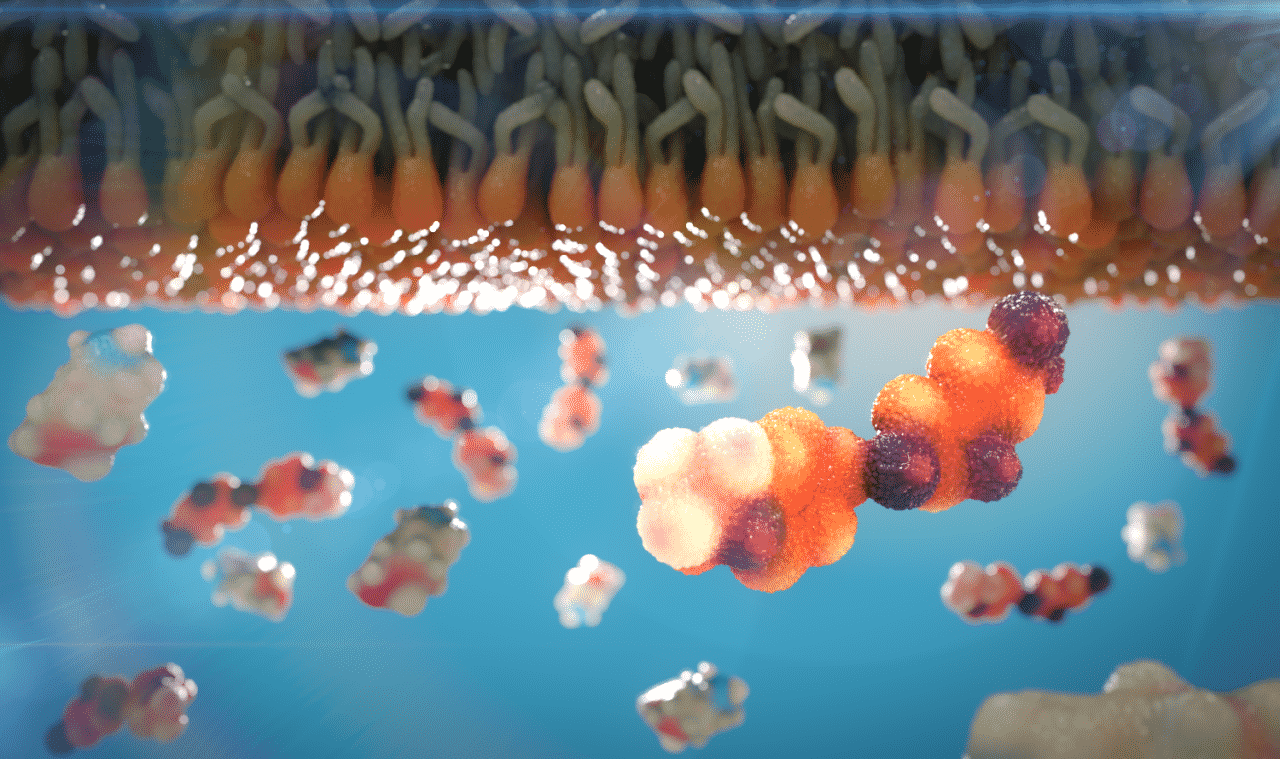
Tuberculosis (TB) is one of the deadliest infectious diseases in the world. More than ten million people worldwide contract it every year. The consequences are fatal for about 1.4 million people, which is more than any other infectious disease. Furthermore, the number of infections that have tuberculosis pathogens which cannot be treated with conventional antibiotics or alternative antibiotics are on the rise. Since 98 percent of TB infections affect people in developing and emerging countries, the market is hardly of interest to commercial businesses. There are few incentives for them to invest money in research and development. This means that by the start of the new millennium, almost no new tuberculosis drugs were developed.
” In order to change this, we must ensure that urgently-needed research is carried out – especially in areas that do not promise high financial profits. This is why the BMBF supports research against neglected and poverty-associated diseases”.
… emphasizes Federal Research Minister Anja Karliczek. Reason enough for the German ministry to support the non-profit organization TB-Alliance (which was founded in Cape Town) with 20 million euros since 2016.
TB is seen as difficult to treat
The development of the new active ingredient Pretomanid is the latest triumph from the TB Alliance. Pretomanid has recently been approved by the US Food and Drug Administration (FDA) for the treatment of highly drug-resistant tuberculosis. Approval in Europe is still pending. Dr. Siegfried Throm, Managing Director of Research at the Association of Research-Based Pharmaceutical Companies, states:
“Multi-resistant tuberculosis is one of the most difficult infectious diseases to treat. Many patients are unable to sustain or even die from the therapy, which usually takes several years and is very taxing. That is why any progress that is made with tuberculosis therapies – which allow patients to be cured faster and with fewer side effects – is crucial for the patients affected. It is also vital when it comes to preventing others from contracting the disease. The TB Alliance has been addressing this challenge for many years, frequently working together with pharmaceutical companies.”
BPaL therapy treatment
Treatment with Pretomanid is, as is common practice in the treatment of tuberculosis, a combination therapy with two other active substances, Bedaquilin and Linezolid – commonly referred to as “BPaL therapy”. The efficacy and safety of this new combination therapy has been demonstrated and confirmed in 19 clinical trials in 14 different countries.

A high chance of recovery
“FDA approval is a victory for patients suffering from the highly drug-resistant form of the world’s deadliest infectious disease,” says Mel Spiegelman, president and CEO of the TB Alliance.
According to the study results, the recovery rate has gone up from 35 percent to over 90 percent. In addition, the current therapy regimen of up to eight drugs can be reduced from more than 18 months of treatment to just six months. Last but not least, the combination therapy is able to be administered orally for the very first time, which means that patients can completely dispense with injections.
Further studies are currently underway on the use of pretomanid in various combination therapies for the treatment of other forms of tuberculosis. This means that the possibility of a single TB therapy is now within sight. Practically all patients with active TB will be able to be treated with a relatively simple and cost-effective therapy.


